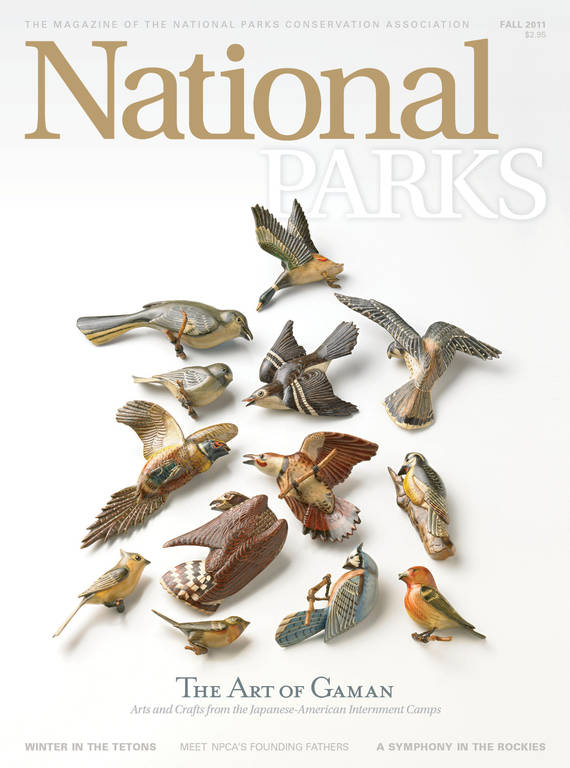Fall 2011
On the Right Path
Off-road vehicles have scarred the landscape of Wrangell St. Elias for years, but that’s about to change.
The first challenge is this: Alaska is really, really big, which means getting from Point A to Point B takes some doing. Wrangell-St. Elias National Park & Preserve is no exception. Unlike Yellowstone and Yosemite, which have miles of paved roads, carefully placed boardwalks, and asphalt trails to host millions of visitors, the nation’s largest park is a wild and untamed landscape with hundreds of residents who predate its creation in 1980. Many of those people still live off the land, and their most effective means of travel in the summer season is an off-road vehicle (ORV). That’s where another problem comes in: The Alaskan tundra is an incredibly sensitive landscape, and its fragile wetlands can turn into mud bogs with the passage of just one ORV. Riders often skirt muddy spots by a few feet to avoid getting bogged down in the mess; over the years, some scarred trails had grown wider than the length of a football field.
Wrangell-St. Elias is actually two separate units: a national preserve, which permits sport hunting and the use of ORVs for recreational purposes on designated trails, and a national park, which allows ORV use by only local residents who are allowed to hunt and gather food to feed their families. Over the years, NPS had backed itself into a corner with a permitting system for recreational ORV use in the national park, in a violation of federal law. The agency also paid scant attention to long-term trail care. To put a stop to the damage caused by this illegal use, NPCA joined with the Alaska Center for the Environment and The Wilderness Society to take the Park Service to court in 2006. NPS quickly recognized the error in its ways and halted recreational ORV activity on the damaged trails in question while it took steps to design a long-term management plan. In August, the Park Service finalized its plan, promising to improve park trails that have suffered long-term damage so local residents can return to subsistence activities and gain access to private property. Hunters and outdoor enthusiasts who aren’t local residents will be prohibited from driving their ORVs in the park, but will be able to use ORVs in the national preserve on trails that have been improved to a sustainable level. The plan also calls for new hiking routes.

National Parks
You can read this and other stories about history, nature, culture, art, conservation, travel, science and more in National Parks magazine. Your tax-deductible membership donation of $25 or more entitles…
See more ›Recognizing that Alaskans are often slow to trust the federal government, Bruce Rogers, the park’s environmental protection specialist, was encouraged last year, when locals in the small community of Slana took a strong interest in the environmental impact statement, a 300-page document that can stymie even the most experienced government worker. After working those residents through the process and getting their vital feedback, he’s now looking to engage more locals in trail-restoration work, which generally involves trucking in gravel to stabilize routes or dispersing the weight of ORVs by laying down plastic grids with the trade name “Geoblock” (picture the side of a milk crate, and multiply it exponentially). When reconstruction isn’t possible, the park will pursue other options, like re-routing trails to drier ground. In August, the park held its first volunteer day to engage local stewards in the work; more events will be scheduled for 2012. Repairing and rerouting the almost 66 miles of ORV routes will take years, and is expected to cost about $4 million.
“We’re really pleased that our litigation led the Park Service to roll up their sleeves and tackle the trail problems that were so evident to everyone,” says Jim Stratton, senior director of NPCA’s Alaska Regional Office. “This announcement ushers in a new approach to trail management, one that is focused on protecting the fragile tundra and the wetlands of the Wrangells while improving access for local folks using these trails for hunting, fishing, berry-picking, and traveling to their remote cabins. It took four years to get to this point, and it’ll take a few more years to complete the work, but it’s absolutely worth it.”



